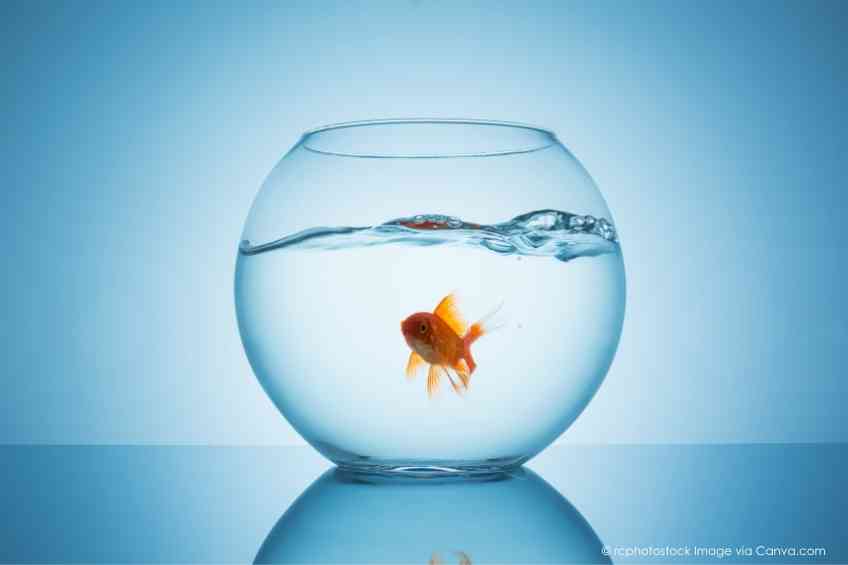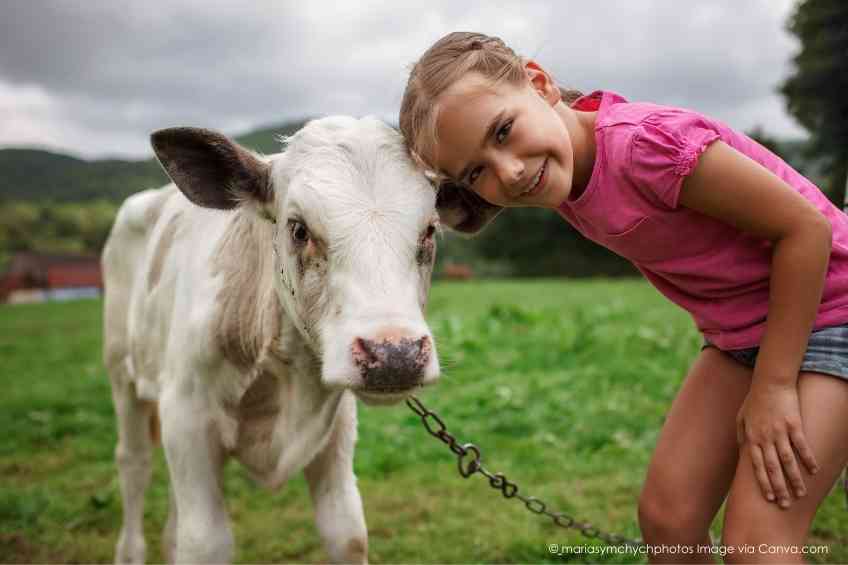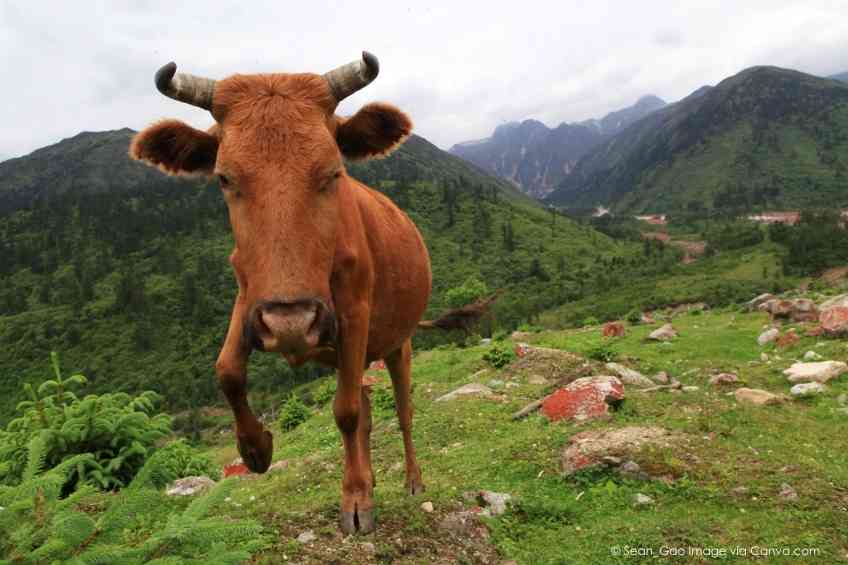By John Salak –
A good smooch is no laughing matter nor is it anything new.
In terms of length and impact, there are some startling facts about kissing. The longest lip-lock occurred in Thailand in November 2022 when four lips stayed connected for 58 hours, 35 minutes and 58 seconds, according to the Guinness World Records. The Guinness record keepers thankfully didn’t explain how bathroom breaks, eating and drinking were managed during this embrace.
Other interesting kissing factoids courtesy of HappyWorker.com include that a robust French kiss requires 29 face muscles to execute; a decent smooch can transfer 278 different bacteria to a partner, 95 percent of which are harmless; lips are 100 times more sensitive than fingertips; and that a heated smacker can increase a person’s heartbeat to 100 times a minute.
The reason science or whoever has been able to document these impacts is because they’ve had lots of time to study what is sometimes known as a Yankee Dime. Researchers from the University of Copenhagen underscored this ancient practice by just reporting that the earliest documented act of kissing goes back 4,500 years to the Middle East. If anyone is counting, that’s 1,000 years older than previously thought.
“In ancient Mesopotamia, which is the name for the early human cultures that existed between the Euphrates and Tigris rivers in present-day Iraq and Syria, people wrote in cuneiform script on clay tablets. Many thousands of these clay tablets have survived to this day, and they contain clear examples that kissing was considered a part of romantic intimacy in ancient times, just as kissing could be part of friendships and family members’ relations,” explained Dr. Troels Pank Arbøll, an expert on the history of medicine in Mesopotamia.
Arbøll was quick to note that canoodling was a pretty wide practice back then—and probably dates even further back than his team was able to determine.
“Therefore, kissing should not be regarded as a custom that originated exclusively in any single region and spread from there but rather appears to have been practiced in multiple ancient cultures over several millennia,” he said.
Perhaps ever the romantic, the good doctor also downplayed the idea that the rise of kissing may have caused a sudden biological trigger that spread pathogens. His team also noted that humans aren’t the sole smoochers, which is why the practice may be so widespread.
“In fact, research into bonobos and chimpanzees, the closest living relatives to humans, has shown that both species engage in kissing, which may suggest that the practice of kissing is a fundamental behavior in humans, explaining why it can be found across cultures,” Dr. Sophie Rassmussen added.
Pretty romantic, huh?













